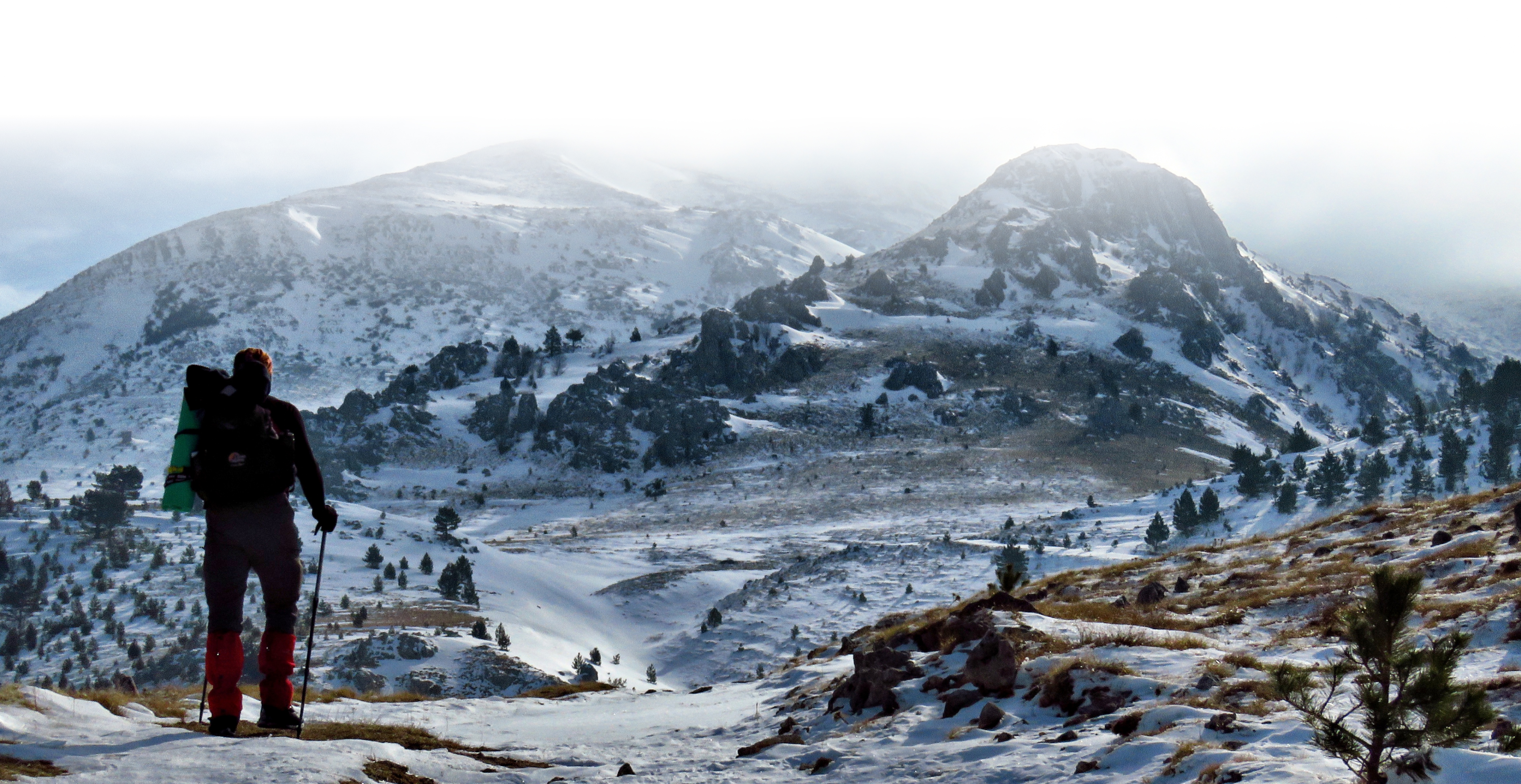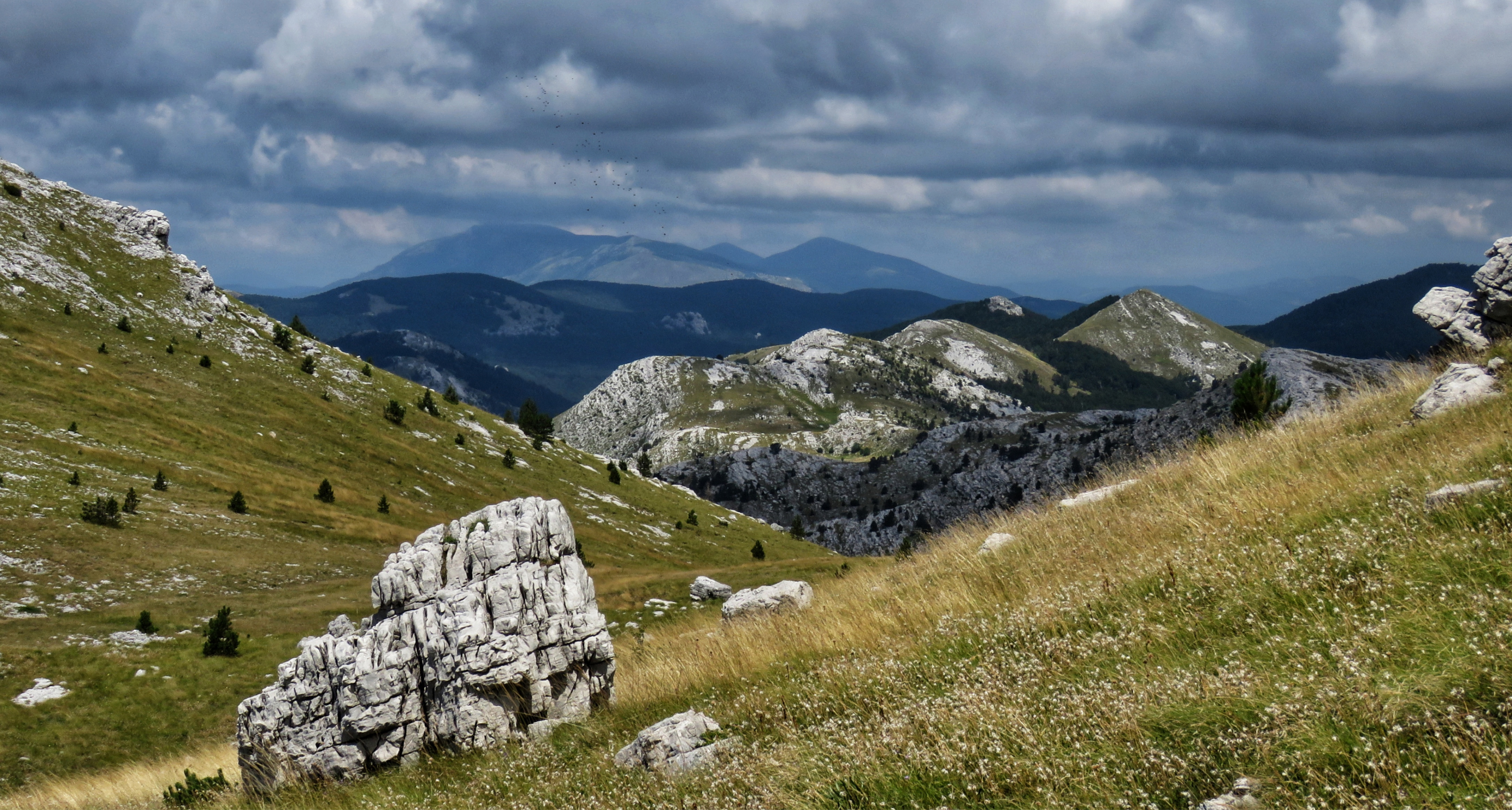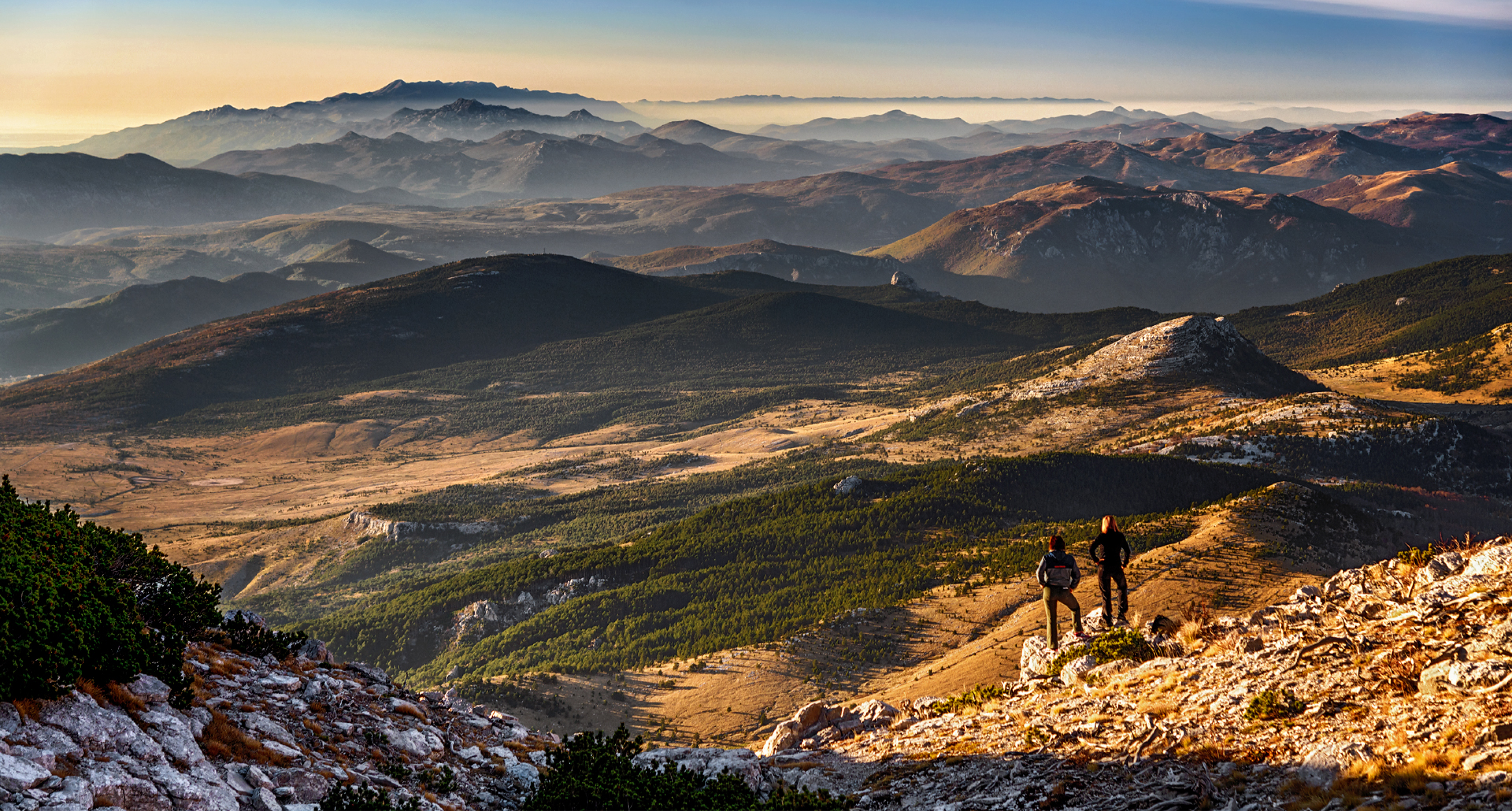
For centuries and millennia, the rocks of Dinara have inspired awe in various tribes, peoples, kings, travellers, and the humble farmer who worked his precious piece of land with great effort. Right here, in the heart of the Nature Park, protected from all pollution, the natural spring water Cetina is bottled. Authentic, clear, and cold, the water reflects the preserved natural environment from which it originates and brings us the freshness of this magnificent mountain.

Dinara Nature Park is the youngest and overall, the twelfth nature park in Croatia. Established in February 2021, it is the second-largest nature park in the country, covering an area of 630.52 km² across Split-Dalmatia County and Šibenik-Knin County.
The Dinara Nature Park encompasses the Dinara massif, including peaks Sinjal (the highest peak in Croatia at 1831 meters), Troglav, and Kamešnica, the source of the Krka River, the small river Krčić, karst fields – Hrvatačko, Paško, and Vrličko – as well as the source and upper course of the Cetina River.

Although the natural spring water Cetina shares its name with this beautiful river, it is not water from the river or its source. Cetina natural spring water reaches our tables from a protected aquifer and undergoes no treatment, remaining completely natural and authentic.
The untouched nature and protection provided by Dinara ensure the purity and freshness of Cetina natural spring water, which is confirmed daily through continuous analysis and monitoring by experts.
The entire Dinara region is extremely rich in endemic and endangered species, hosting over a thousand plant species, including 75 national endemics and 20 endemic animal species.
Within the park area, there are 11 ecological network sites – two areas for birds and nine for species and habitats – making 87% of the park part of the Natura 2000 ecological network.
The Illyrians considered Dinara a sacred mountain, and historians believe its name most likely originates from the Illyrian tribe Dindari, who lived on its eastern slopes and used it for livestock grazing.
Today, Dinara is a popular destination for both amateur and professional hikers. However, due to its long, steep, and challenging trails, climbing it requires excellent physical condition.
On the approaches to Suhopolje, Glavaš, Mirkovići, and Brezovac, hikers often encounter wild animals such as wolves, foxes, jackals, weasels, martens, bears, lynxes, wild boars, chamois, and deer.
At the very top of Sinjal, at 1831 meters above sea level, there is a geodetic pillar with the inscription “1831 – Peak of Croatia,” offering an unforgettable panoramic view in all directions: northeast to Troglav and Konj, southeast to Lake Peruća, south to Kijevski Kozjak and Svilaja, and west to Promina.
Climbing to the highest peak of Dinara – and Croatia – is an immense source of pride for any hiker.